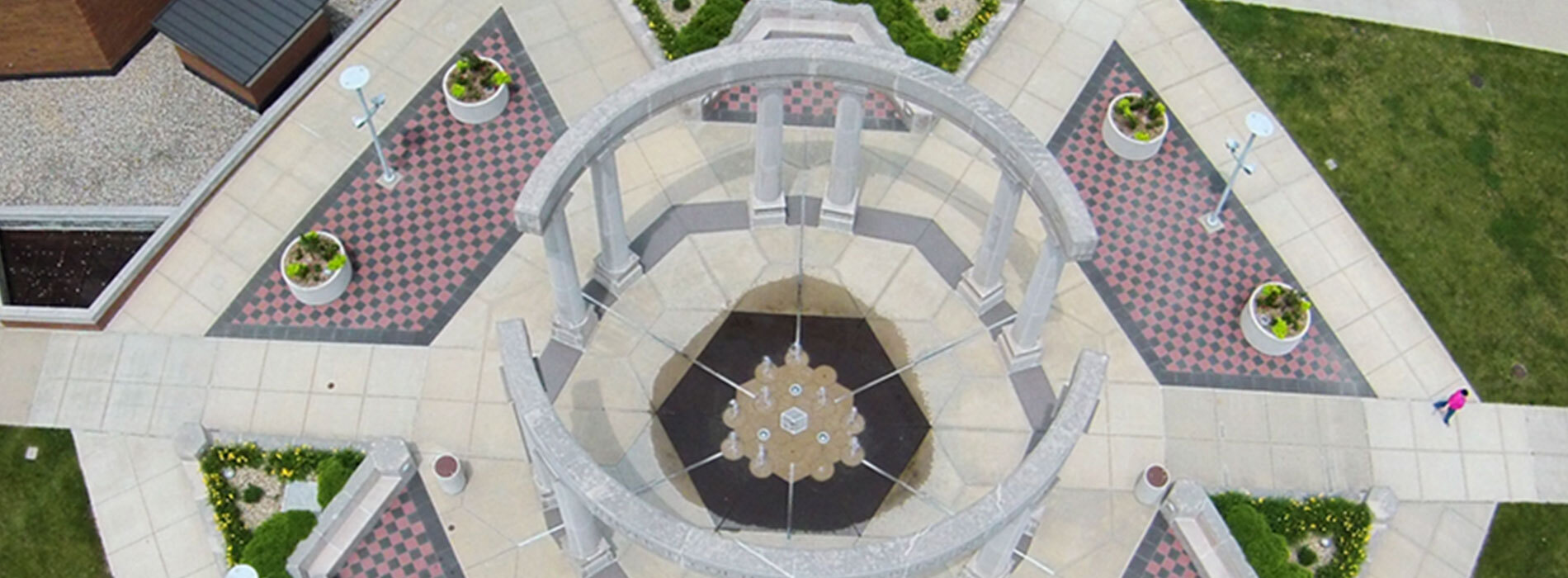History of SSU-UIS: 1991-1992
(from the 1991-92 SSU Catalog)
History, Philosophy and Purpose
Sangamon State University was established by the Illinois General Assembly in 1969 after an extensive study by the state’s Board of Higher Education indicated a need for an innovative response to the growth of Illinois’ community college system and for new ways for individuals to enter upper-division and graduate study. The first of two senior institutions in Illinois, Sangamon State was charged with addressing public affair within the framework of a liberal arts curriculum. The university was to stress practical experience, professional development and innovative teaching.
Adhering to the philosophy of open admission and affirmative action that characterizes the state’s community colleges, Sangamon State has consistently provided an array of educational opportunities to a broad spectrum of students: transfers, individuals resuming an interrupted education, employed persons seeking to upgrade themselves or to prepare for second careers and area residents wishing to enhance their personal lives. The university’s constantly evolving response to the needs of today’s students and to the demands of contemporary society has made Sangamon State one of Illinois’ premier educational institutions.
Sangamon State’s public affairs mission and the university’s location in the capital city has meant that the university has been better able to address both the specific and general needs of government and public service through special courses, projects and internship programs. By fostering an active understanding of social, environmental, technological and technical problems as they relate to public policy, the university prepares its students for more effective and meaningful participation in this continually changing democratic society. Sangamon State’s strong commitment to the individual student and to excellent teaching has always been of highest priority. Scholarly research and professional work by faculty members support their commitment to teaching and exemplify for students the positive link between public affairs and higher education. Classes are generally small and informal, encouraging the relaxed exchange of ideas between students and teacher. The exchange between student and teacher extends to the advising arena too. Faculty members are actively involved as student advisers, acting as central contact persons and assisting in the development of meaningful and enriching programs of study.
In pursuing the university’s goals, Sangamon State’s presidents have provided strong and effective leadership throughout the institution’s history. Dr. Robert C. Spencer, then dean of the Graduate School at the University of Rhode Island, was chosen in 1969 as the university’s founding president. When the university opened its interim facilities in the fall of 1970, 45 faculty members welcomed 800 students. By September 1978, when Dr. Alex B. Lacy Jr., former director of public programs for the national Endowment for the Humanities, became Sangamon State’s second president the university’s 3,000 students were enrolled in more than 40 degree programs. Dr. Durward Long, a former scholar-in-residence at the national Association of state Universities and Land Grant Colleges, became Sangamon State’s third president in July 1984. By fall semester 1990, enrollment had surpassed the 4,000 mark and the university’s faculty ranks had grown to 180.


